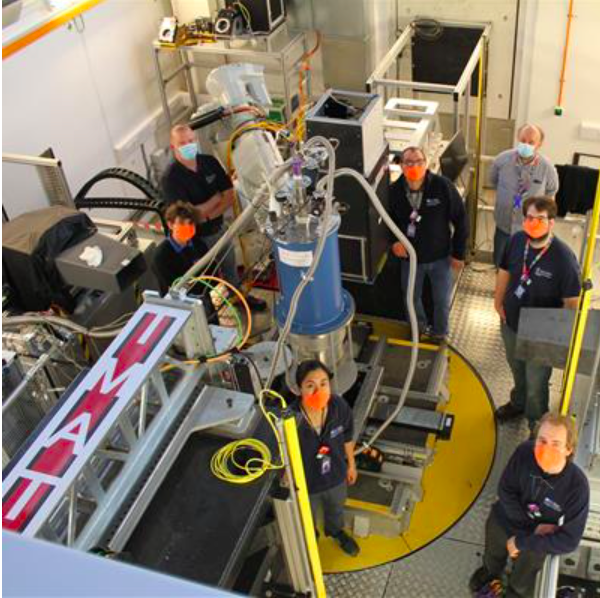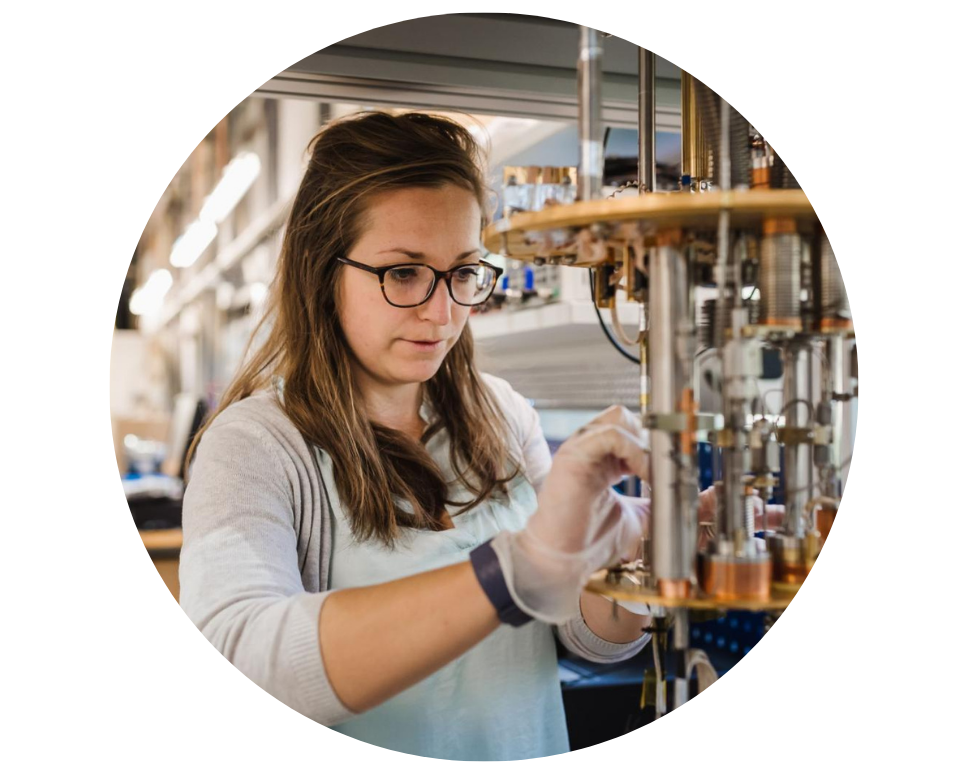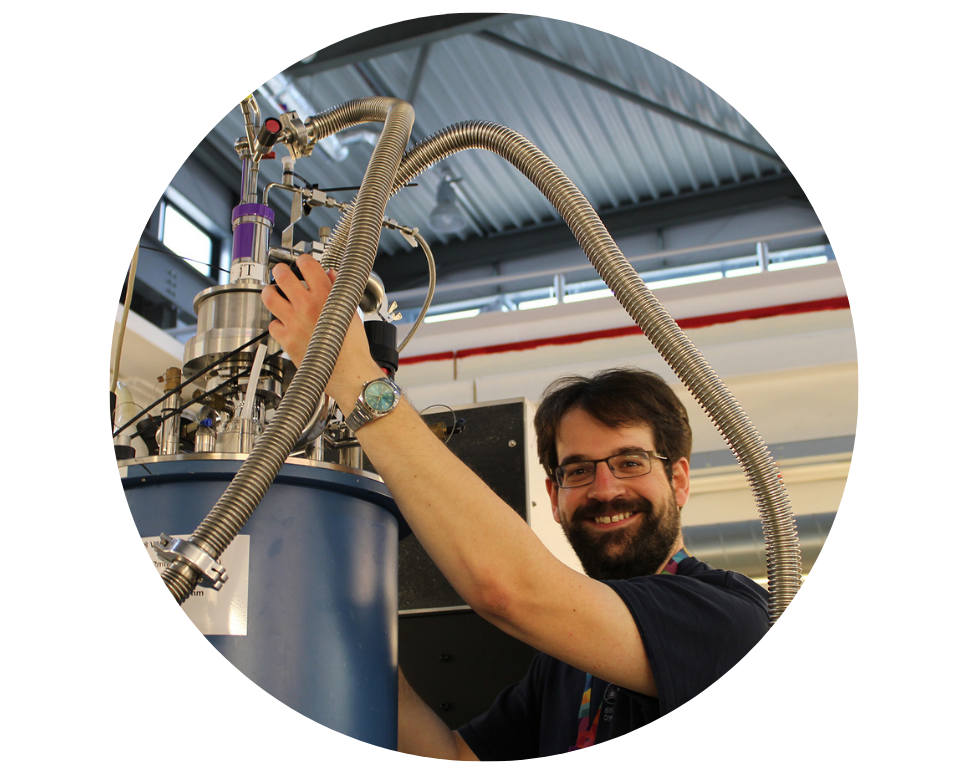Applications
 Part of the Oxford Instruments Group
Part of the Oxford Instruments Group
Expand
Collapse
Harriet van der Vliet, Quantum Technologies - Product Segment Manager caught up with Dr Christopher Lawson, of the Experimental Operations Division Sample Environment Group at the ISIS Neutron and Muon Source (ISIS) to see how they’ve been using Oxford Instruments within their research.
ISIS is a pulsed neutron and muon source established four decades ago and based at the Rutherford Appleton Laboratory of the Science and Technology Facilities Council in Oxfordshire. It produces beams of neutrons and muons which allow scientists from a range of disciplines including physics, chemistry, geology, engineering, and biology, to study materials at the atomic level. ISIS supports a national and international community of more than 2,000 scientists for whom using neutrons and muons in their work is essential.
Below is an overview of what Harriet discovered:
The cryogenics team within the Experimental Operations Division Sample Environment Group at ISIS has recently used ISIS’s neutron imaging and diffraction instrument IMAT to neutron image the Oxford Instruments’ NanoScience KelvinoxJT® dilution refrigerator; an ultra-low temperature sample environment for neutron scattering experiments in the range of 30 mK–2 K.
The experiment was led by Chris Lawson, who was once a Marie Sklodowska-Curie-funded scientist. Using KelvinoxJT, his team succeeded in allowing the direct observation of the dilution process in ³He/⁴He mixtures, opening up exciting opportunities for direct measurement of the ³He concentration. The behaviour of KelvinoxJT was observed in different regimes, such as continuous circulation and single shot. This is where the ³He is only extracted from the mixing chamber and the helium mixture is not continuously circulating, as it is in a closed-loop continuous dilution refrigerator.

The team was able to see the change in ³He concentration over time and at different temperatures. Not only has the team accomplished the first direct imaging, but the work done by the team could feed into Oxford Instruments’ own research and development of advanced dilution refrigerators.
Even more excitingly, the results of this experiment mean that new generations of physicists will have visually interactive portrayals of what they could have previously seen only on the pages of their books. Additionally, according to Chris, “By altering the ratio of helium ³ to helium ⁴ in the dilution fridge mixture, we were able to simulate what would happen if helium ³ were to be lost… a low-temperature physicist’s worst nightmare! We expect that neutron imaging will become instrumental in the research and development of advanced dilution refrigerators.”
It is great to see KelvinoxJT being used to not only add to important experimental discoveries but also to aid in the development of our next-generation dilution refrigerator systems. Our main goal here at Oxford Instruments has always been to support our customers and showcase their work as much as possible, as well as contribute to the education of the broader scientific community.
To read more on the work shown here, read the paper produced by Chris and the team in Nature - Neutron imaging of an operational dilution refrigerator

Harriet van der Vliet

Chris Lawson